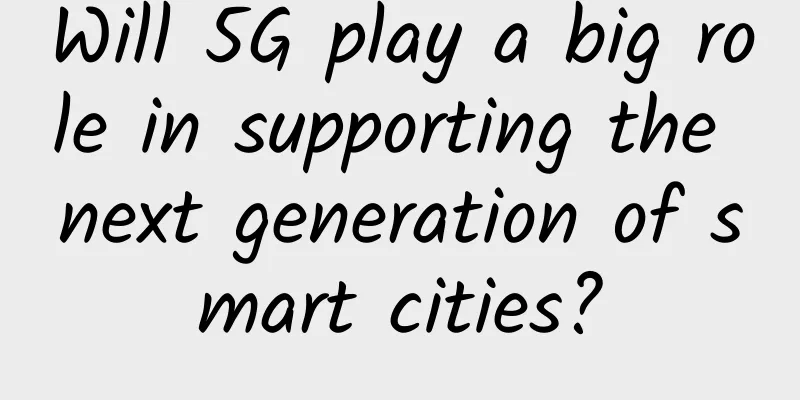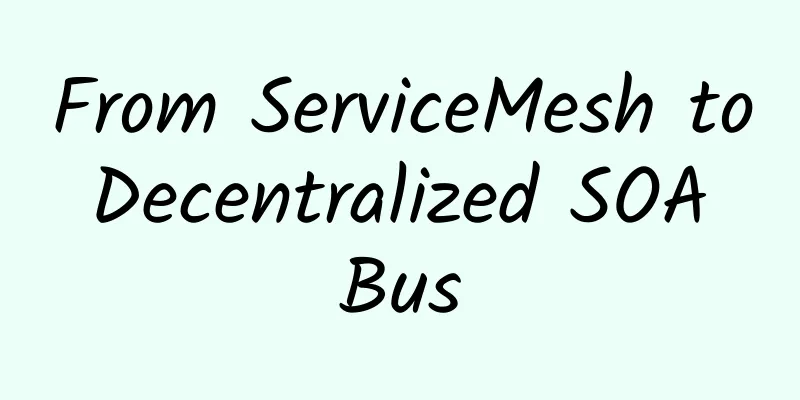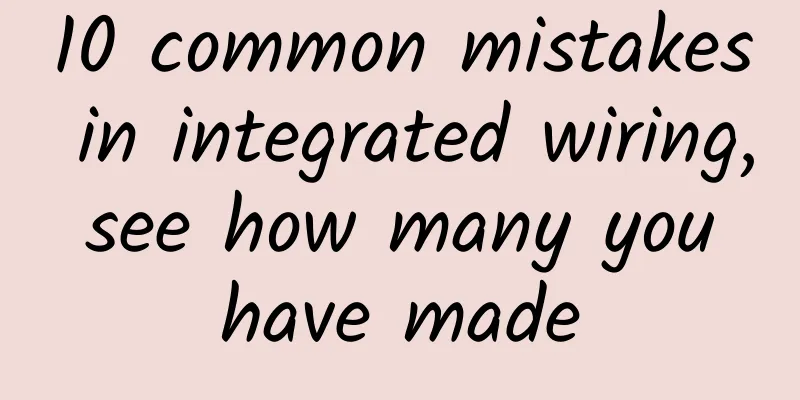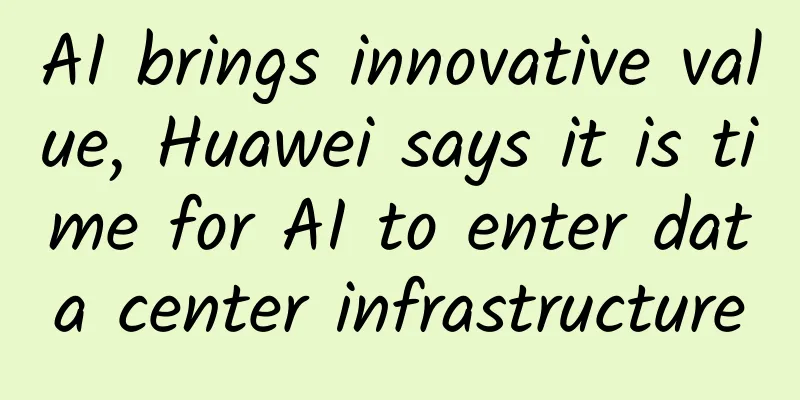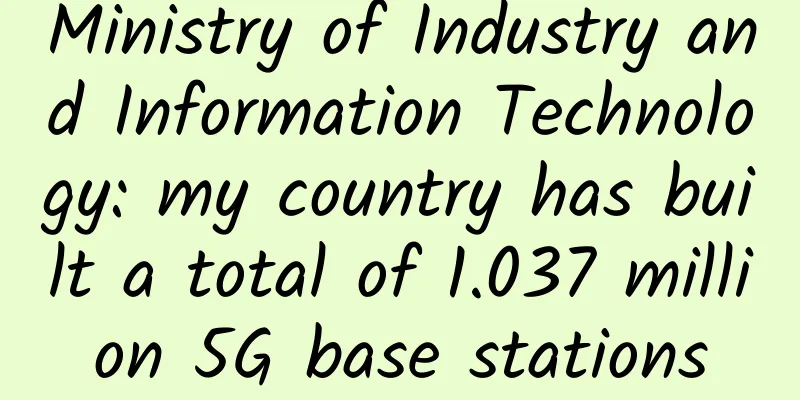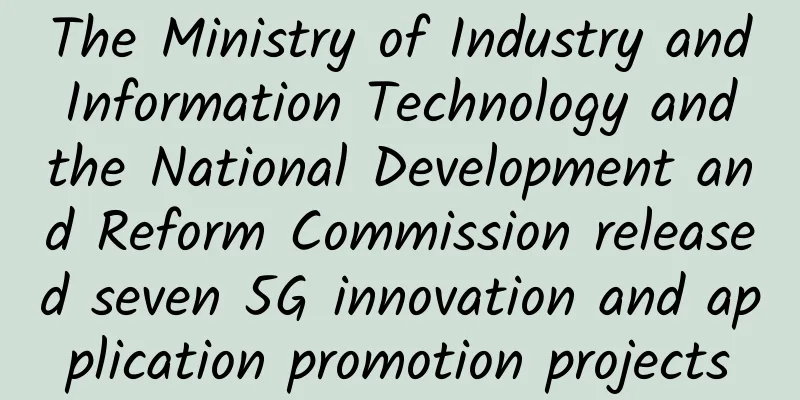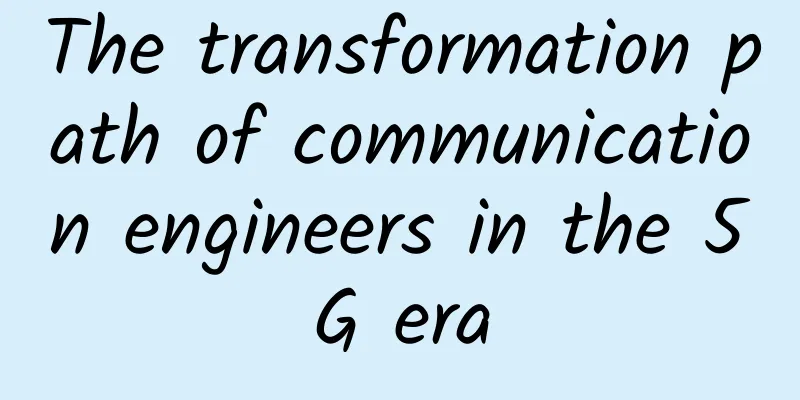How can blockchain become a “trust machine” amid market chaos?

|
In recent years, the development of blockchain technology and industrial applications has triggered a wave of enthusiasm that has intensified around the world, and has received widespread attention from governments, finance, investment, technology and other sectors. my country's blockchain industry has entered a relatively rapid development period since two years ago. The scale of various types of investment and financing in the blockchain field has significantly expanded compared with the past. Many companies have invested in the blockchain industry, carried out blockchain technology experiments and application research and development, and accumulated a lot of technical experience. Various types of domestic blockchain projects and applications have emerged in an endless stream, driving my country's blockchain industry into a period of rapid development. Opening the era of value Internet From a technical perspective, the essence of blockchain is a distributed database built on the principles of cryptography. From an application perspective, blockchain is a trusted, shareable public ledger. This ledger will be revised according to strict rules and public protocols. Everyone can check it, but no single user can tamper with (control) it. Blockchain may not be a brand new technology model. It is just a new combination of solutions that reorganizes existing networks, formula algorithms and other elements, but this combination has an immeasurable value impact.
Blockchain was first applied in the financial field and was widely known as the underlying technology of Bitcoin. However, the far-reaching significance of blockchain far exceeds the impact of Bitcoin. People have found that "blockchain has the ability to transmit trust and value, reconstruct the value system and order rules, which makes it a natural fit in promoting the society to solve the trust crisis, reasonably restrict power, and promote more extensive and fair social participation." In June 2017, the World Economic Forum released a white paper titled "Realizing the Potential of Blockchain", pointing out that blockchain is about to usher in a more disruptive and transformative Internet era. The reason is that blockchain can use the global peer-to-peer network to ensure the integrity of the value exchanged among billions of devices without the need for a trusted third party, thus promoting the creation and transaction of social value and prompting the transformation of the information Internet to a new era of the value Internet. Blockchain has broad application prospects and potential. According to a survey conducted by the World Economic Forum, 10% of global GDP information will be stored using blockchain technology by 2025. Blockchain is the cornerstone of the value Internet. Blockchain applications are spreading from the financial field to various social fields and are gradually becoming an indispensable part of the Internet. How to trust that blockchain is secure and reliable He Baohong, deputy director of the Institute of Technology and Standards at the China Academy of Information and Communications Technology, believes that "many of the current applications of blockchain are not 'explosive' applications, but rather 'replaceable' applications." Combining the applications of blockchain, it can be judged that the development of blockchain is still in a relatively early stage of development. In fact, the current development of blockchain technology is not very complete, and there are still potential technical risks. Once these risks break out, they may cause huge losses. In June 2016, hackers used the Ethereum DAO contract vulnerability to attack it, causing $60 million worth of Bitcoin to be hijacked; two months after this incident, the world-renowned exchange Bitfinex lost 120,000 Bitcoins due to a multi-signature defect, causing a loss of nearly $70 million. It was not until April this year that Bitfinex paid off all the user debts. There are many similar "accidents". Even for Bitcoin, the most mature blockchain application, the biggest crisis encountered by its exchange comes from technical risks. The potential risks of blockchain technology applications have also begun to be exposed, and the risk management of blockchain technology applications has received increasing attention. How to ensure the security of private keys, how to avoid errors in highly intensive algorithms based on cryptography technology within a controllable range, and how to increase computing power to ensure the stability of the system in order to cope with the risk of protocol attacks are all issues that cannot be avoided in the future development of blockchain. In addition, the performance of blockchain is low, and it is difficult to meet the application requirements of scenarios with high performance requirements. Taking Bitcoin as an example, the current Bitcoin transaction speed is 7 transactions per second, and when it involves a large number of transactions, it may even take 5 to 6 hours for confirmation. This is far from the current clearing and payment needs of millions or even thousands or tens of thousands per second, which greatly restricts the application scenarios of blockchain. Blockchain chaos In addition to the above-mentioned technical risks and performance issues, the current development of blockchain also faces challenges such as inconsistent concepts, unclear development paths, diverse and complex industry application scenarios, lack of supervision, and security of platforms and applications. The interaction of these problems and challenges has also given rise to the "blockchain chaos". In the blockchain product market, some technology vendors claim that their products are blockchain, but in fact, they may just use a transaction restriction system without a control mechanism, or just use distributed storage. However, since there is currently no industry standard to uniformly evaluate this form, it is difficult to judge and correct it. Furthermore, as the price of virtual currencies represented by Bitcoin soared, the concept of digital currency began to appear in the daily lives of ordinary people. However, for most ordinary people, digital currency is just a vague concept. They only know that investing in Bitcoin will make money, but they know nothing about Bitcoin itself. Some technology manufacturers have cleverly grasped the psychology of the people and made digital currency a material for their fraud. They took advantage of the popularity of blockchain development and operated some specious "blockchain projects". They casually built an ICO and promoted their projects in roadshows across the country to attract investment. In name, they were under the banner of blockchain projects, but in fact, they were scamming people. Some observers have revealed the current status of the hot ICO: due to the regulatory vacuum and the lack of public awareness, the ICO market is full of mixed fish and dragons, among which there are many "scam coins". "Pseudo entrepreneurs" can build an ICO by making up a story and piecing together a white paper, and they can make a fortune by putting on the "cloak of blockchain" and setting up a Ponzi scheme. However, even so, investors are still flocking to it, and it is impossible to stop them. The chaos in blockchain not only damages investors' enthusiasm for investment, but also seriously hinders the healthy and orderly development of the blockchain industry. Some experts pointed out that the urgent task for the development of blockchain is to further unify the fragmented standards of the blockchain industry and establish a complete blockchain specification and evaluation system. Make clear judgments on whether the identity, performance, and security of blockchain products are credible, build a credible blockchain, thereby curbing the occurrence of blockchain chaos and creating a good environment for promoting the development of blockchain. Building a trusted blockchain Although blockchain is mathematically complete, there are still a series of security risks and challenges in its current development. In the future blockchain-based value transfer network, we can build a trust foundation according to algorithms and software, but this is not enough. We also need to formulate corresponding blockchain standards from multiple dimensions, further standardize blockchain technology and governance, increase the trust of blockchain, and build a truly trustworthy blockchain. Developing a blockchain industry standard system and adding trust to blockchain is an international issue. At present, many international standard organizations have developed a blockchain standard system and carried out a lot of related work. Among them, the Australian Standards Association proposed a new national standardization plan for blockchain and distributed ledger technology in April 2016, which was submitted to the International Organization for Standardization (ISO). In addition, the International Telecommunication Union (ITU) and the World Wide Web Consortium (W3C) are also actively paying attention to blockchain-related standards. In recent years, the development of blockchain-related standards in my country has also been actively promoted. The blockchain industry organization is represented by the Data Center Alliance. At the end of 2016, the Data Center Alliance established a blockchain working group to start the development of blockchain standards from the user's perspective and promote the development of trusted blockchain. It is reported that at the "2017 Trusted Blockchain Summit" to be held on September 19, the Data Center Alliance will take the lead in establishing the Trusted Blockchain Alliance to accelerate the development of international and industry standards for blockchain. In addition, some local governments are also actively promoting the development of blockchain standards. Local governments, represented by Guiyang, Guizhou, are actively recruiting blockchain standard development member units across the country, setting up special working groups, and initiating the development of blockchain standards. Looking to the future, blockchain still has a long way to go in future development. The development of unified and complete trusted blockchain industry standards is an inherent requirement for the development of blockchain technology. It is also an important guarantee for the long-term and healthy development of the blockchain industry. It is also the general trend of blockchain development. Whoever can seize the opportunity and try first in this trend will have more say in the future development of blockchain. |
<<: Blockchain from an economic perspective
>>: New threats to blockchain platforms
Recommend
V5.NET: 30% off Korean physical servers in September, monthly payment starts from 436 yuan
V5.NET offers a 30% discount code for the first o...
[6.18] TmhHost 30% off on all VPS, Japan/Hong Kong/Los Angeles CN2 GIA/AS9929 monthly payment starting from 21 yuan
This should be the first merchant to start the 61...
With the three major operators working together to promote 5G messaging, how far is it from success?
On April 8, China Mobile, China Telecom, and Chin...
What is the current status of 6G and when will it arrive?
6G will bring many improvements in many areas, bu...
LigaHosting: Netherlands/Sweden/Moldova/Thailand/Dallas VPS monthly payment starts from 1.99 euros
LigaHosting.ro is a Romanian hosting company that...
SDN Trend Review: 2016 is the First Year of Software-Defined WAN
As 2016 enters its first day, Software Defined Wi...
Intranet master-slave smart DNS, no more worries
[[432985]] This article is reprinted from the WeC...
What is the environmental impact of 5G and how will it impact the world?
In recent years, commercial real estate owners ha...
Four departments jointly issued a document, and 5G development has attracted attention again
In order to expand investment in strategic emergi...
Network literacy: Understanding DNS in one article
[[328762]] Hello everyone, I am Brother Ming. Dur...
An overview of 10 common HTTP status codes
Overview The HTTP status code is a 3-digit code u...
Megalayer: Hong Kong/Philippines/USA/Singapore special VPS starting at 199 yuan per year, native IP starting at 249 yuan per year
Megalayer promotional VPS packages are being rest...
VMISS VPS 30% off monthly payment starting from 18 yuan, Hong Kong CN2/Korea CN2/US CN2/Japan optional
VMISS currently offers a 30% discount coupon for ...
DNS Troubleshooting Collection
When I first learned about DNS, I thought it coul...
5G and edge computing are a perfect match
Enterprise IT leaders have heard a lot about edge...
